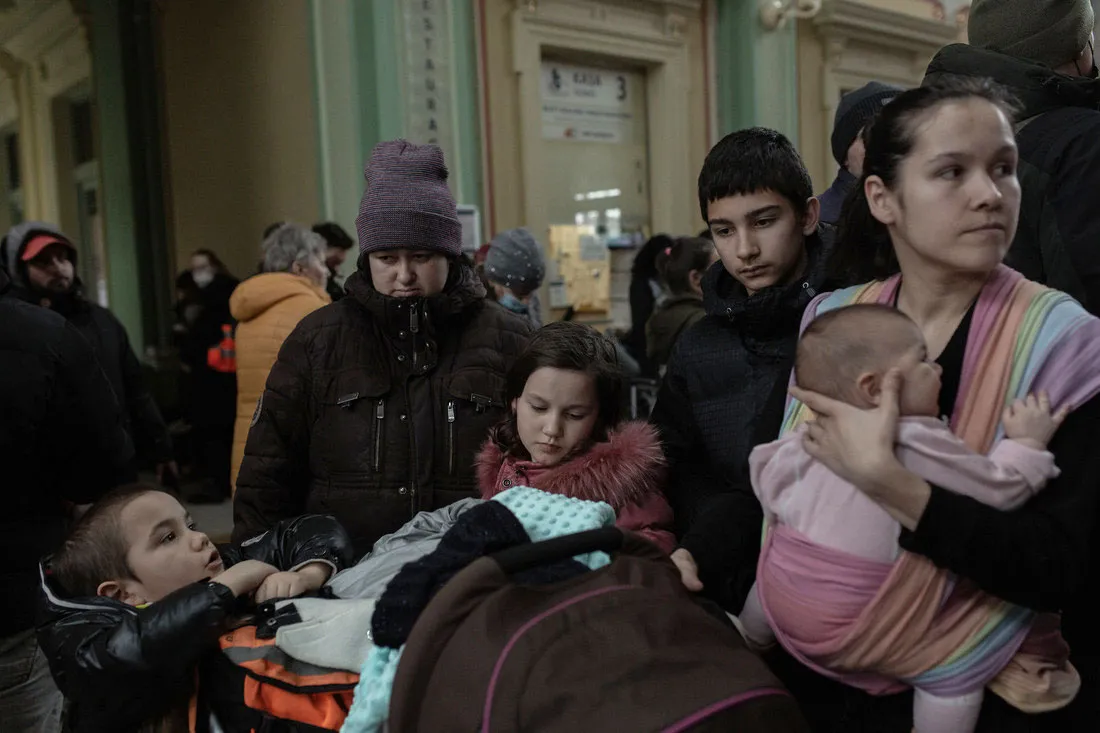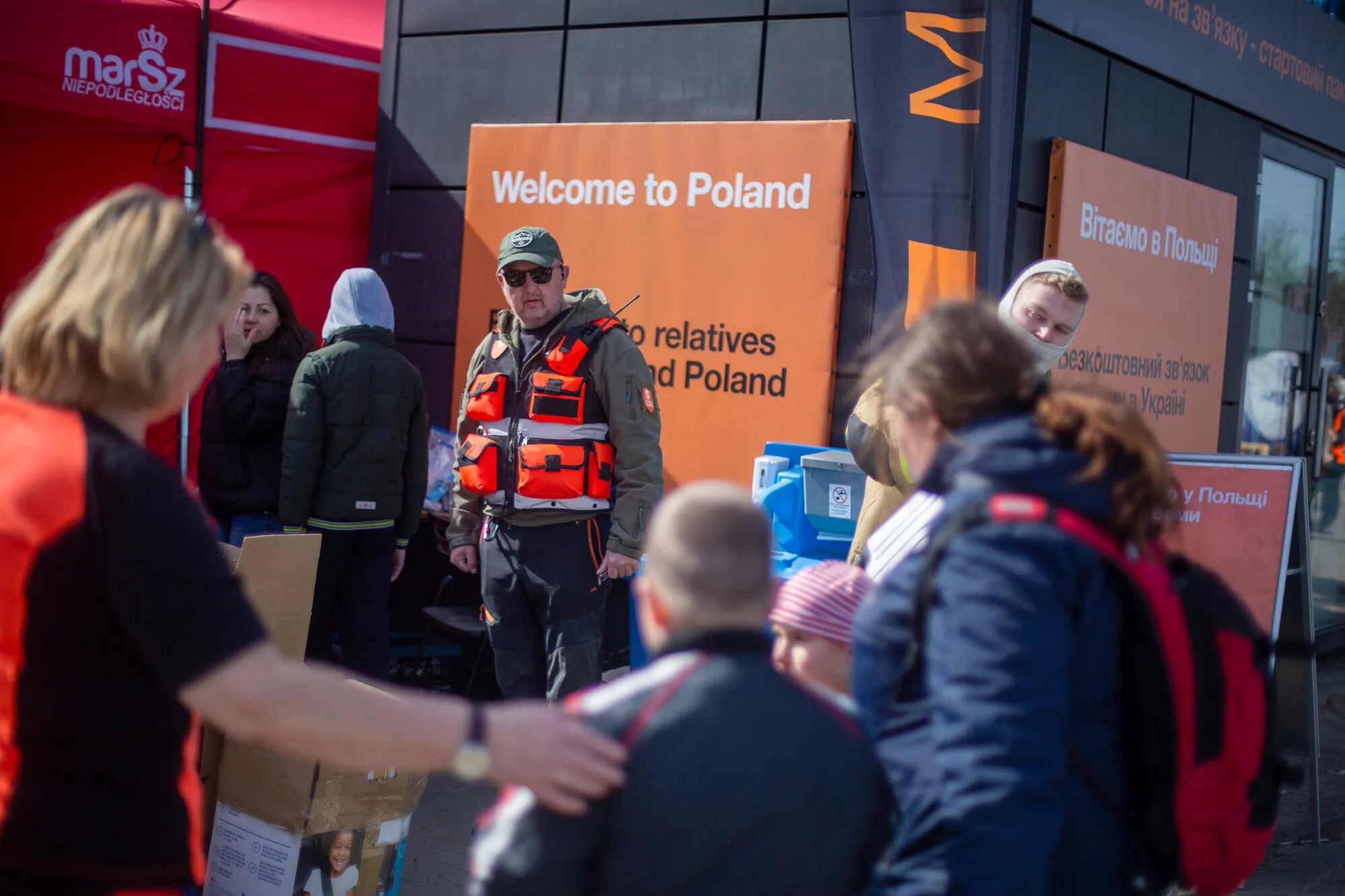About the Humanitarian Crisis in Ukraine
In the weeks after the onset of conflict in Ukraine in February 2022, the country’s humanitarian situation has surpassed even the worst-case predicted scenarios. Neighboring countries are seeing huge refugee influxes, largely women and children. More than 18 million people, 90% of whom are women and children, have left Ukraine in search of safety. 5.4 million are internally displaced.
Even prior to the invasion, years of conflict in the Donetsk and Luhansk regions of eastern Ukraine had left 2.9 million people in need of humanitarian assistance and displaced 1.5 million people from their homes. For Ukrainian refugees and internally displaced people, the most immediate needs include food, clean water, shelter. and protection from violence, including gender-based violence. In addition to the ongoing conflict, other major challenges for displaced families include freezing weather, COVID-19 concerns, and access to healthcare, especially for women and the elderly.
Poland is a primary destination for people fleeing the conflict, and the Polish government has set up reception centers and hospitals near crossing points on the 300-mile border. Romania has nearly 2 million refugees. Other neighboring countries receiving refugees include Moldova, Hungary, Slovakia, and Belarus.


